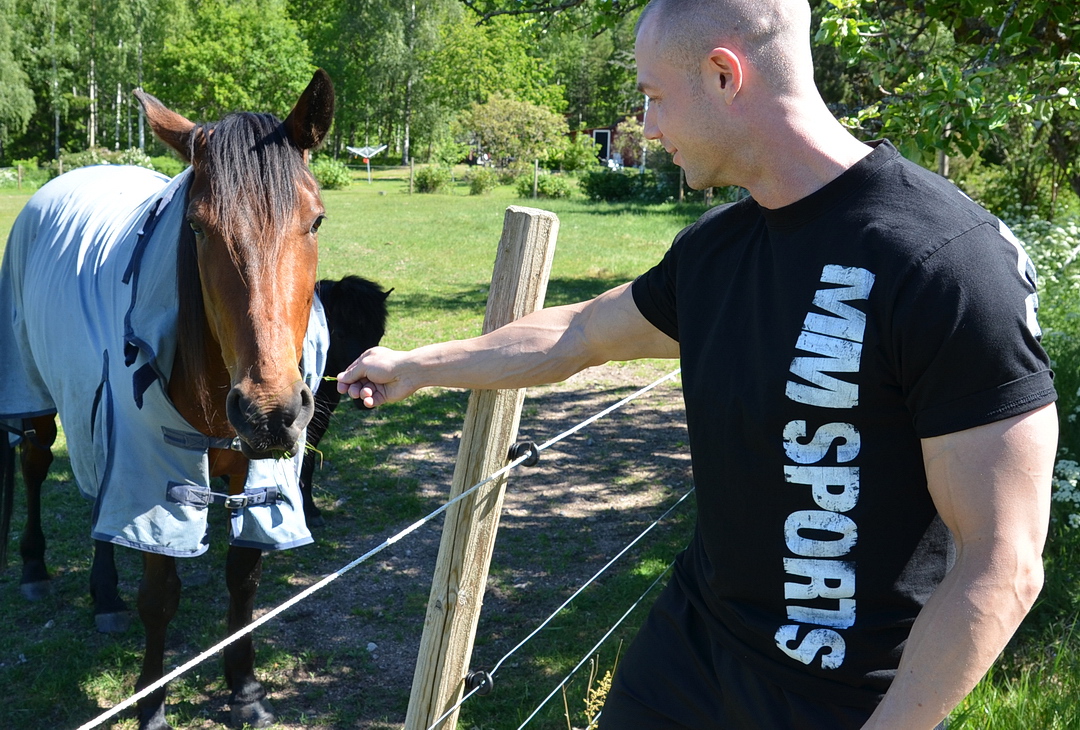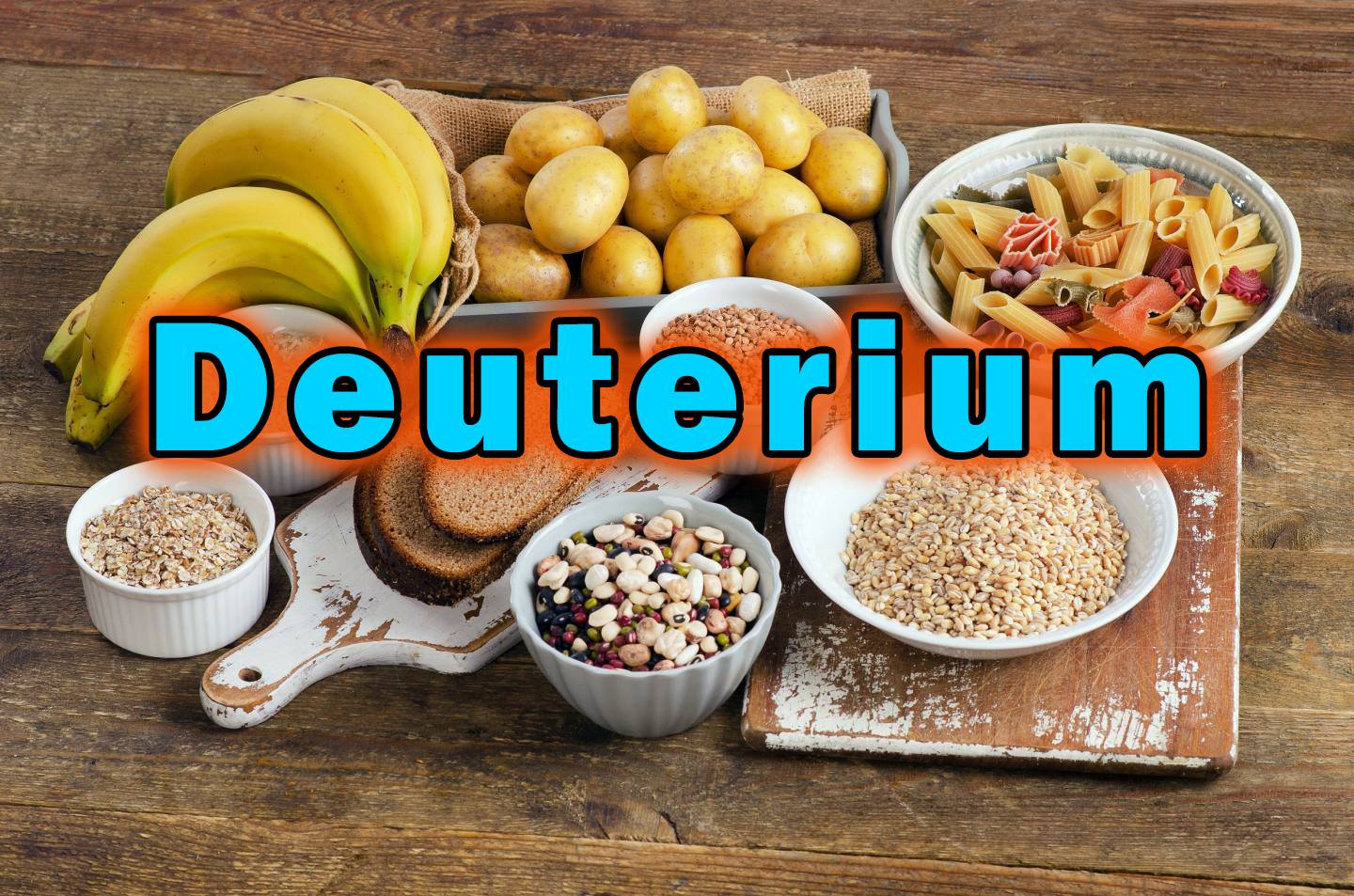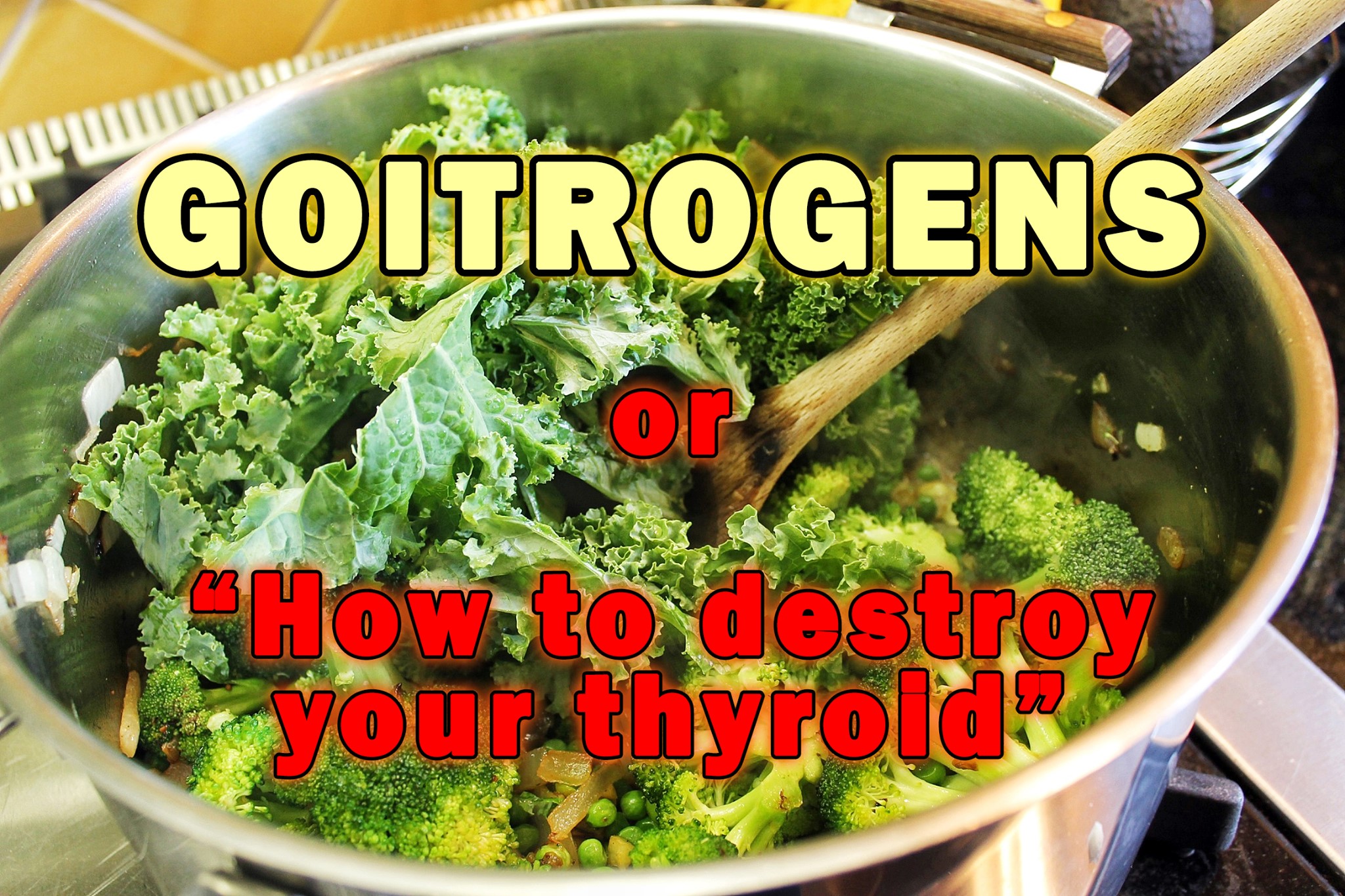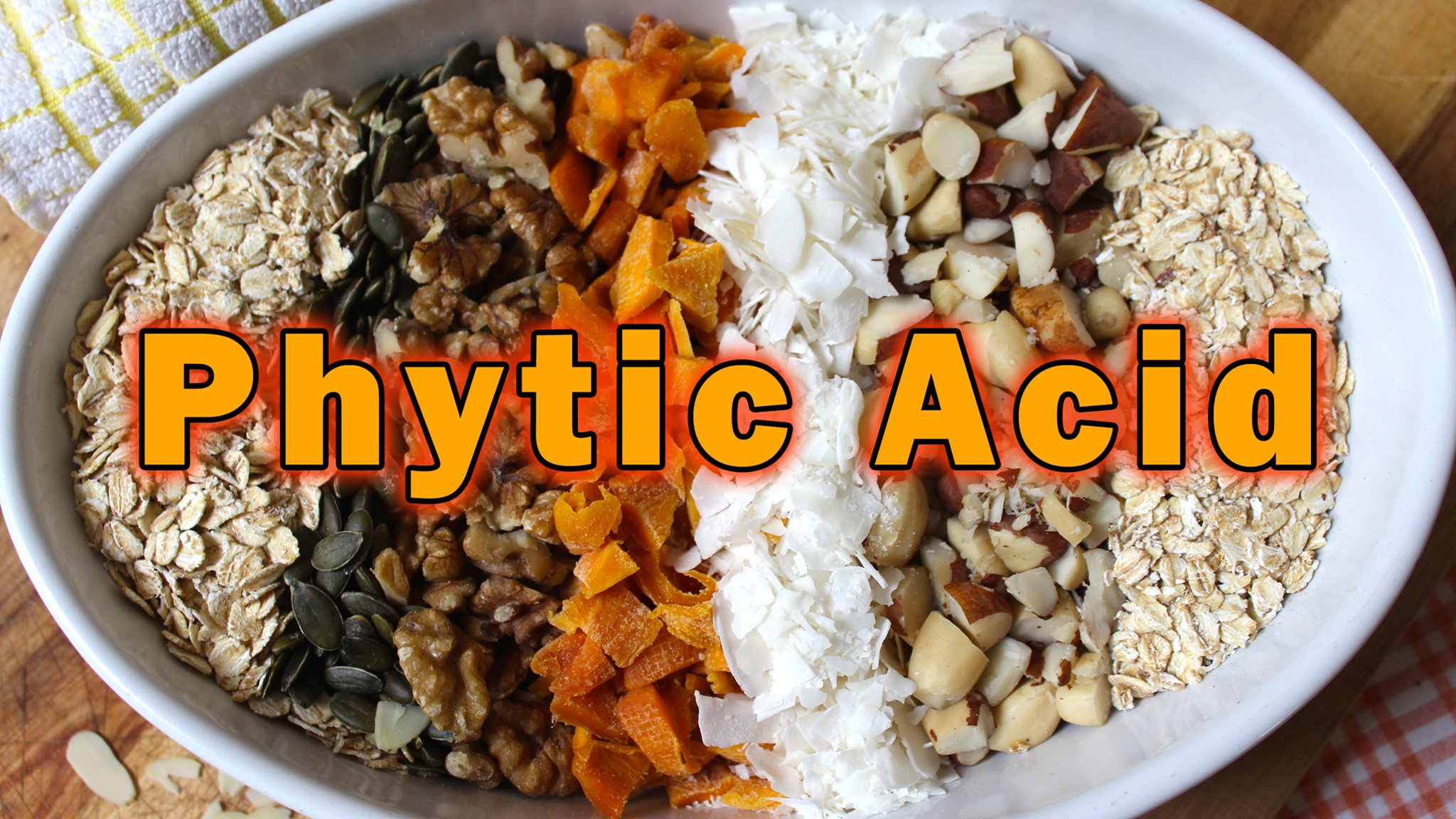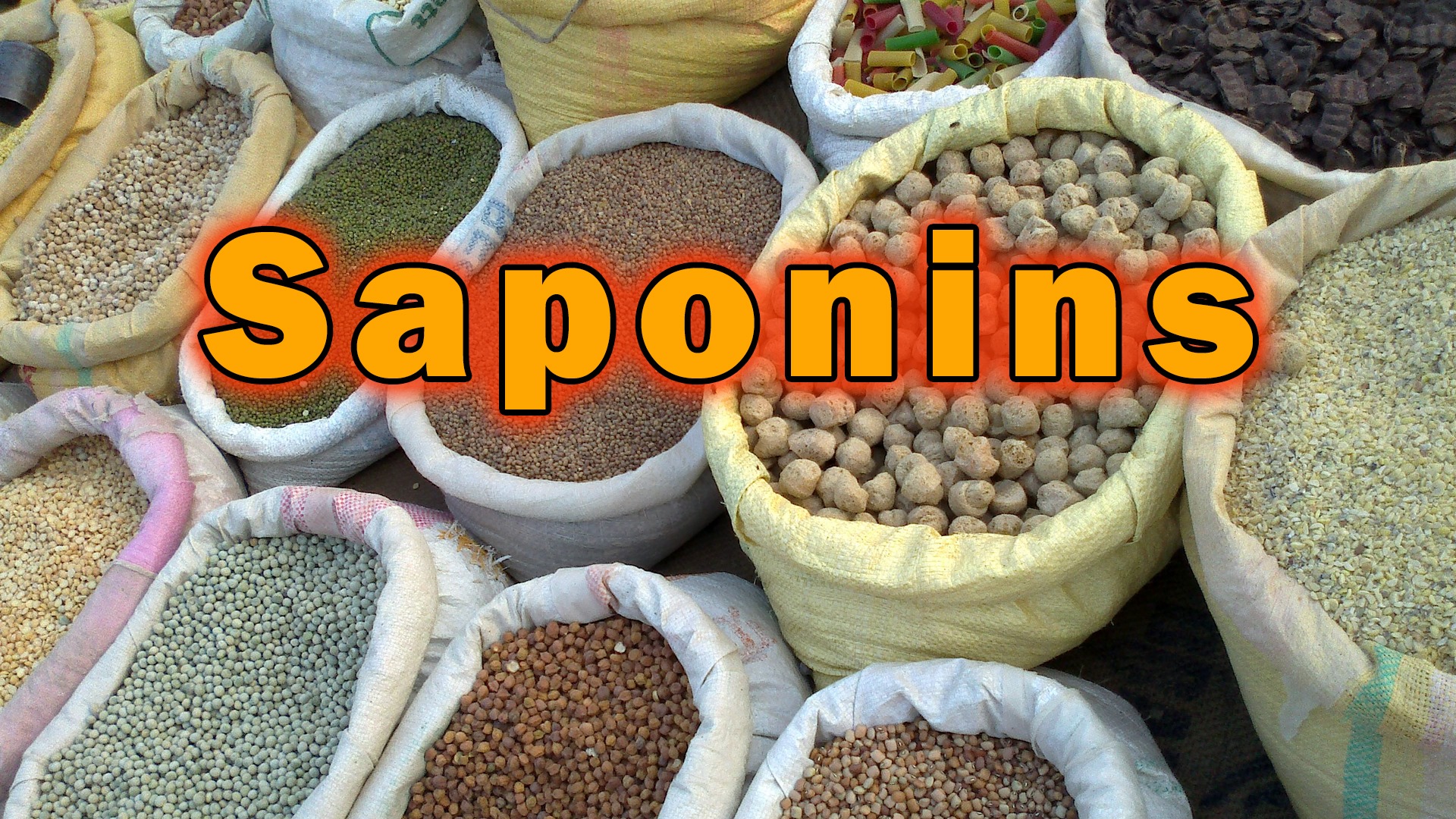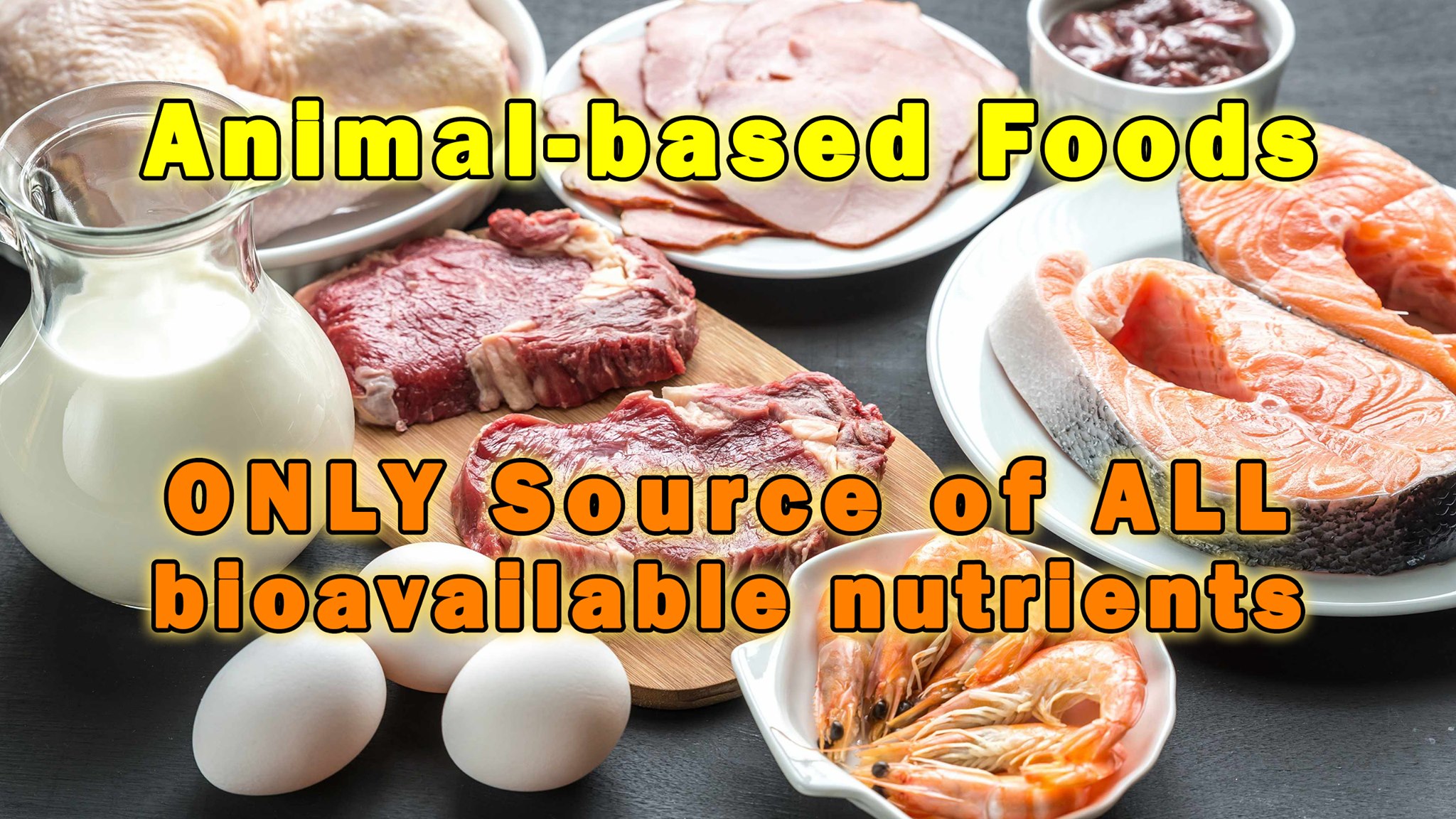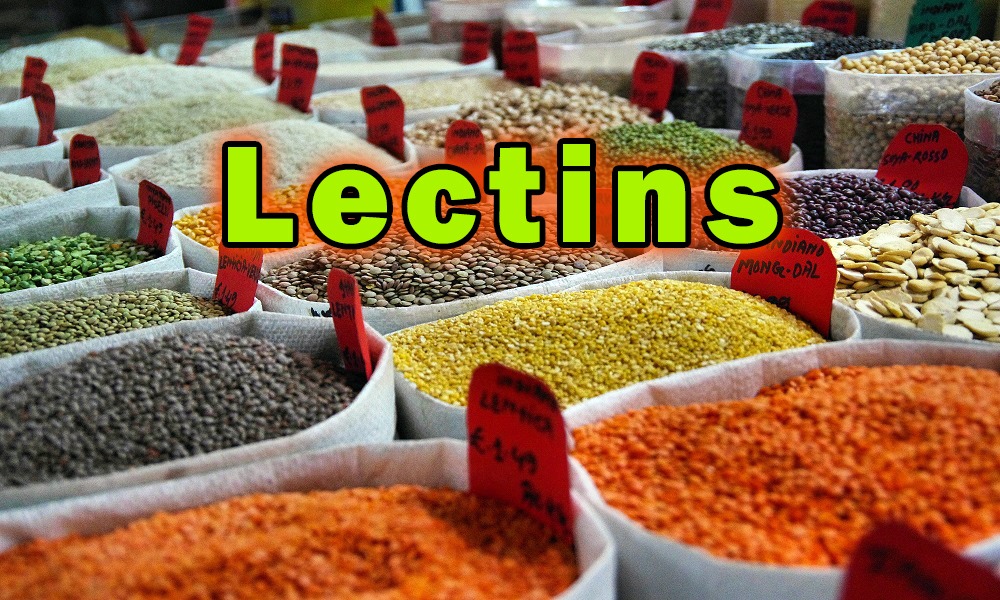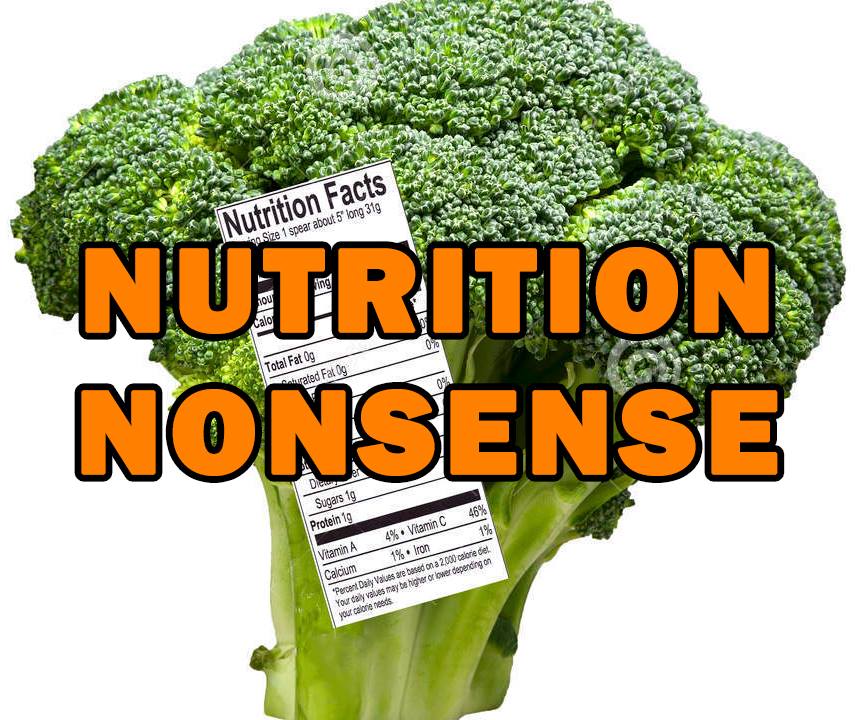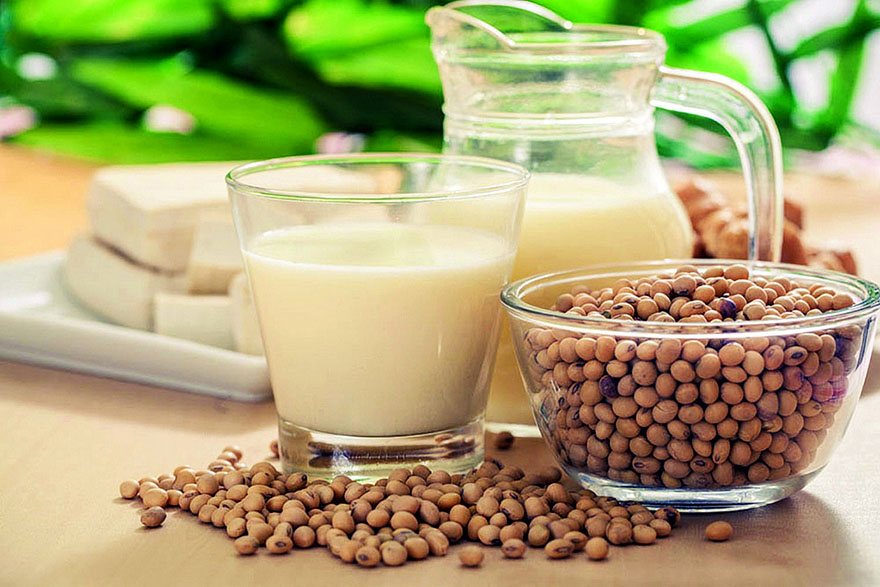Stress. What is it? How does it affect us?
Many years ago, Holistic Health Practitioner, Elite Athlete Coach and corrective exercise specialist Paul Chek identified six types of stressors that harm our body. While I do agree with the types, my definitions, after years of research, goes a bit deeper as I studied the Terrain Theory and the work of Antoine Béchamp, Claude Bernard, Rudolph Virchow, Ethel Douglas Hume, Roy Rife, Gaston Naessens, Gunter Enderlein, Stefan Lanka, Dr Carolyn Dean, and Robert & […]
Stress. What is it? How does it affect us? Read the Full Article »
